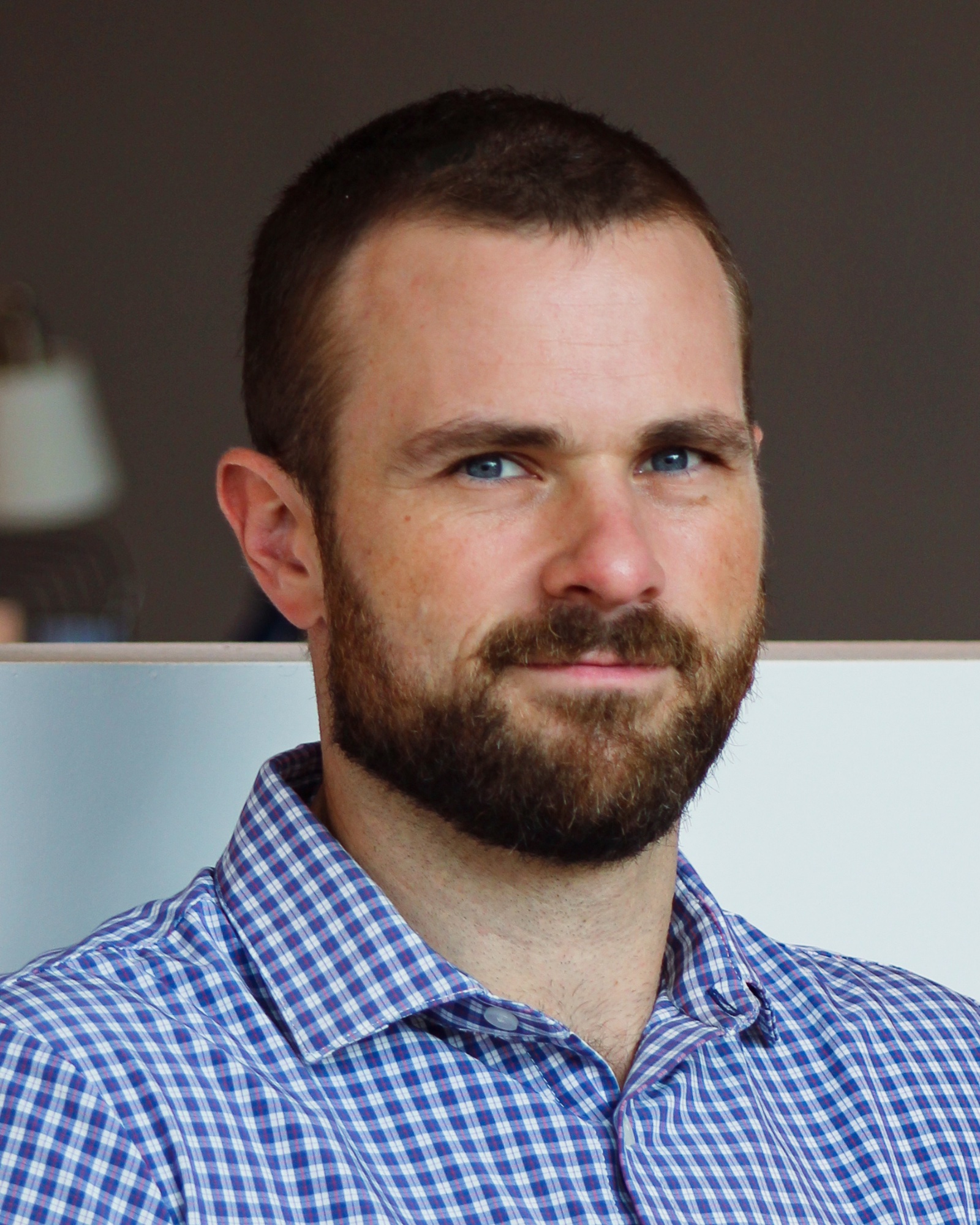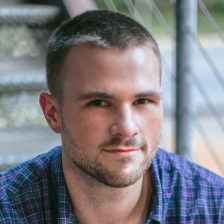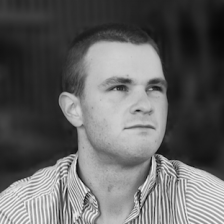The Short Version
 I’m obsessed with understanding how we can all better invest our time and money in an uncertain world.
I’m obsessed with understanding how we can all better invest our time and money in an uncertain world.
I’ve worked at a couple of startups (eCommerce and SaaS), written a book about how technology was impacting careers called The End of Jobs, and founded a small hedge fund focused on absolute return portfolios with an emphasis on long volatility and trend following approaches. I’ve also consulted and advised dozens of entrepreneurs on how to get more out of their businesses.
If you care, my work has been mentioned in dozens of media outlets including NBC, Inc, and The Financial Times.
Over 27,000 founders, investors, executives and my mom subscribe to my monthly Interesting Times newsletter that curates links to some of the best things I’ve read on tech, finance and how to make better decisions in a complex world.
If you’re interested in joining them, you can sign up here or browse my most popular essays to learn more.
I currently live in Austin, TX with my wife, son and dog.
If you’d like to say hello, I’m on Twitter
The Longer Version
How can you better invest your time and money in the face of uncertainty?
We are all investors in some sense of the word. We invest our time, our money, and our energy.
Our lives are the sum of our investments. We make investments in our careers, health, and relationships. How and with whom we make those investments determines the quality of our lives.
In a sense, the job of investors is the same as the job of an entrepreneur: to move resources from a lower area of yield to a higher area of yield. Lower and higher need not be viewed in purely economic terms (though they can be), but also in human terms.
The world we live is complex and uncertain. We must make better decisions about how to invest our time and money in the face of uncertainty. But how? How can we be our higher selves? How can we make more money? How can we invest in ourselves, our families, our communities and our humanity in a way that makes the collective better?
The 2008 financial crisis was the trigger for me of how important it was for us to better understand this question.
My belief at the time was that thoughtful experts captained the world around us (I was 19 – cut me some slack!). The 2008 financial crisis made it seem no one was at the wheel. No one knew what they were doing. How did something as insignificant and esoteric as an underwriting error in the U.S. housing market bring the global economy to its knees? And how did almost nobody see it coming?
I remember reading Nassim Taleb’s book Fooled by Randomness on an old blue couch I’d bought for $100 off Craigslist. In his books, Taleb argues that humans tend to create environments where extreme events are more likely. They then use incorrect models and bad assumptions which leave them exposed to large, unpredictable black swan events.
Over time, I found a little corner of the world that had come to a similar conclusion and was attempting to study it from many different angles. It came in different terms like antifragility, complex systems science, OODA loops and ergodicity.
I believe that the logic of this new world view is a fundamental skill for our time. To be successful as an investor, engineer, or CEO, you must understand how to operate in an uncertain world.
In 2015, I wrote and published a book, The End of Jobs. It looked at ways in which the world of work was becoming more uncertain, but also more full of opportunity. How can individuals leverage technological change to have more freedom and control over their lives and careers?
My essay on Antifragile Planning looked at how we could apply complex systems thinking to our own productivity. Instead of rigidly defined plans, knowledge workers today need flexibility.
I studied how business owners could apply this type of thinking to grow their business. I published what I had learned in essays including Focus on the Fat Tails and Jesus Marketing.
My consulting work lead to research on Scaling and The Business Production Function. I looked at how entrepreneurs and executives could build companies in this new world. Companies that grew quickly while still being robust.
I dove into the work of John Boyd, a military strategist who pioneered the OODA Loop, a framework for winning in a complex world.
I then started researching how to apply this antifragile mindset to investing. One outgrowth of this was a deepening interest and research on Bitcoin and crypto markets then to financial markets more broadly.
Out of that process, an absolute return hedge fund was born. We focused primarily on liquid assets (mostly futures) with an emphasis on diversifiers like long volatility, trend following, and carry strategies.
Today, over 27,104 founders, investors, business owners, and executives subscribe to my Interesting Times newsletter to learn about how to make better decisions in an uncertain world.
If you’re interested in joining them, you can sign up here or browse my most popular essays to learn more.
What I’m Up To Now…
- I advise and invest in small businesses and startups. Primarily, my work is with businesses in the $500k-$5 Million revenue/2-25 employee range. I work with founders and their executive teams with a focus on personal productivity, marketing and operations. You can read more about my approach here.
- My current interests include:
- Portfolio construction and asset allocation with particular interest in quantitative investing (trend, momentum, carry, etc.) and alternative investments (primarily micro-Private Equity, crypto, commodity futures. The weirder and more niche, the better!) I like to talk shop.
- Complexity science (E.g. SFI, Taleb, Cesar Hidalgo)
- AI (obligatory at this point)
- Business Operations (E.g. Toyota Production System, John Boyd)
- Mythology/Comparative Religion/Psychoanalysis (E.g. Joseph Campbell, Karl Jung, Freud)
- Local Austin, Texas politics and policy (E.g. I-35 expansion, zoning changes, urban policy.)
- Ergodicity Economics
- Speculating on Technology (e.g. the Blockchain Man, Market are Eating the World)
- Being Mediocre at Golf
- Parenting
- If you’re interested in these things, you will probably like my newsletter. If you have reading recommendations, HMU!
- I publish my research as essays and my favorite reading in my Interesting Times newsletter.
Updated: June, 2025


So,
has Nate doubled your business in 3 months?
Thank you for laying out your journey here! I’m inspired!
I would like to interview you for my national radio show on 175 broadcast stations.
Thanks.
Please contact me,
Mike Hayes
Mike@OnDemandGigEconomy.com
I had no idea you used to be 300+ lbs and play football- very similar to my story. The weightloss bit as well. Love the detail of this page!